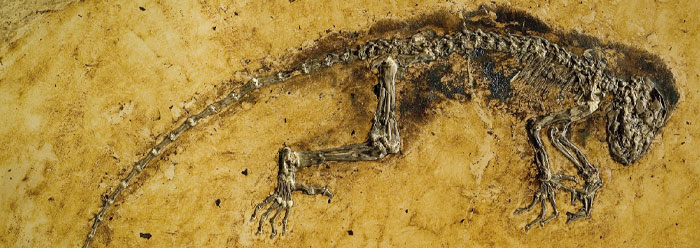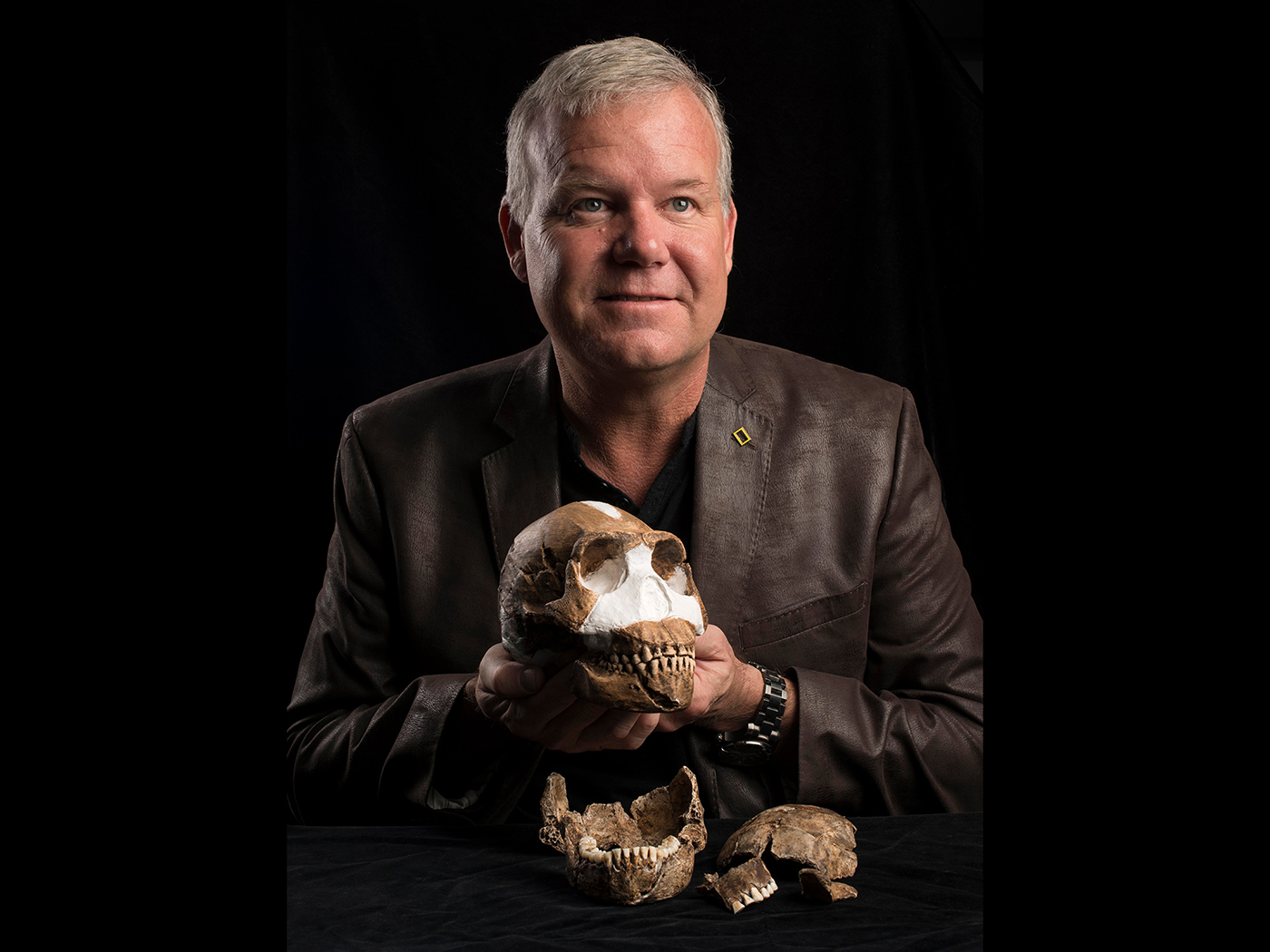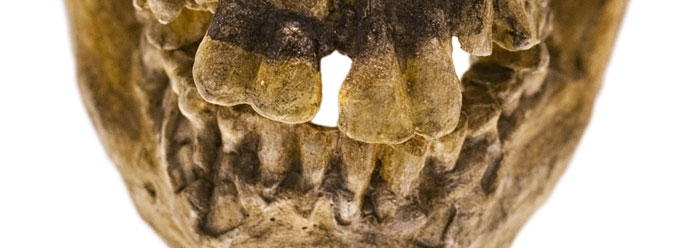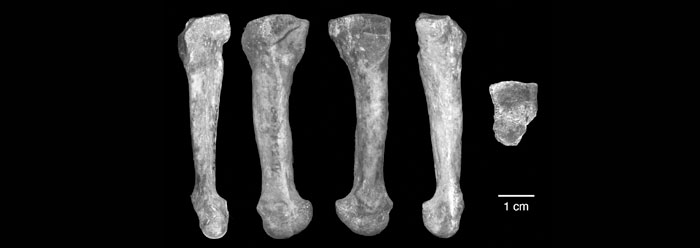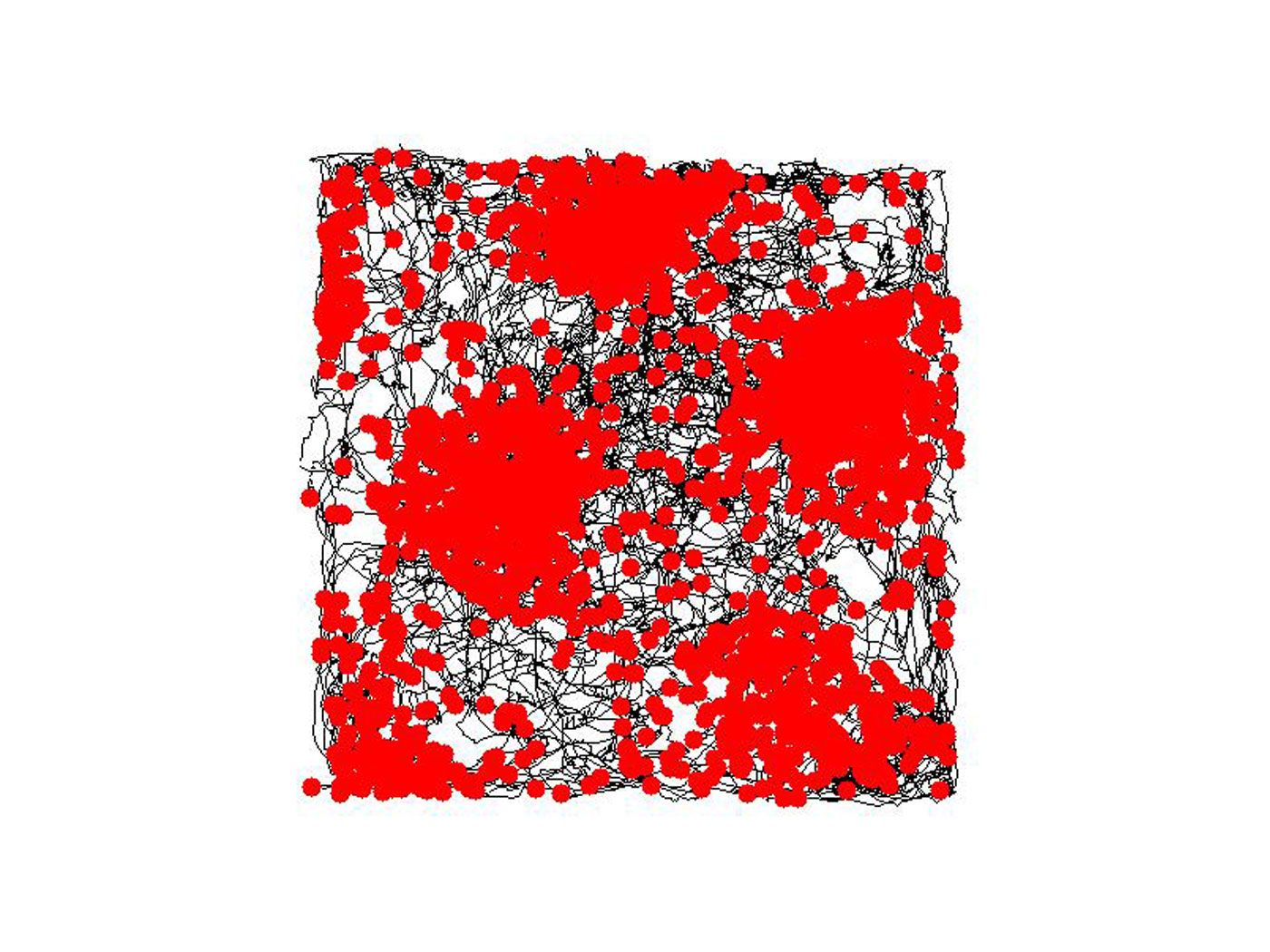This past May, a fossil nicknamed Ida was loudly heralded by the evolutionary scientific community as the long-sought-after "missing link" that supposedly proved ape-to-human evolution. Directly following the unveiling, ICR News reported reasons why Ida, in fact, linked nothing, being merely an extinct variety of lemur.1
ICR News also predicted what has now occurred with Ida’s popularity campaign, stating, "After further study, however, this claim will be quietly rescinded."2 Ida has been surreptitiously swept under the rug with significantly less fanfare than when she was initially…and incorrectly…hailed as the missing link.
After having further analyzed the data published on Ida, which was scientifically named Darwinius in honor of the late British naturalist, more paleontologists are now expressing their doubts about the fossil’s relevance. In fact, Richard Kay of Duke University told Scientific American that creatures like Ida "are decidedly not in the direct line leading to living monkeys, apes and humans."3
Certain traits of Ida’s lower jaw were hyped as being critical indicators of her transitional status between adapiforms (an extinct group of lemur look-alikes) and anthropoid apes, which according to evolutionary definitions include humans. However, her partially fused lower jaw structure also appears sporadically in various other mammals. This distribution flies in the face of Darwinian "tree of life" reconstructions, but it follows a mosaic pattern of shared characteristics among disparate forms that is consistent with creation science predictions. This seems to be a trend in primate fossils that are portrayed by the evolutionary establishment as being among humanity’s ancestors.4
Ida’s jaw does not show evolutionary development, and the fossilized creature’s total failure to provide any "transitional" evidence caused Robert Martin of the Field Museum in Chicago to conclude, "I am utterly convinced that Darwinius has nothing whatsoever to do with the origin of higher primates."3
ICR News concurs, and would add that these statements…un-trumpeted and un-marketed…are quite the opposite in both volume and content from the bold and loud proclamations of Ida’s significance upon her "unveiling." Unfortunately, few outside of paleontological academia will hear these expert voices, only having been exposed to the local evening news or to the Google web search site, both of which featured Ida in her false loftiness, and neither of which now feature Ida in her true guise of a well-preserved, but otherwise inconsequential, extinct lemur.
References
- Thomas, B. and F. Sherwin. Ida: Separating the Science from the Media Campaign. ICR News. Posted on icr.org May 22, 2009, accessed September 10, 2009. See also Thomas, B. 2009. The Ida Fossil: A Clever Campaign for a Lackluster 'Link.' Acts & Facts. 38 (7): 17.
- Thomas, B. New Fossil Hype Fits Old Pattern. ICR News. Posted on icr.org May 27, 2009, accessed September 11, 2009.
- Wong, K. August 2009. Weak Link: Fossil Darwinius Has Its 15 Minutes. Scientific American.
- Thomas, B. Flat-Faced Fossil Fails to Fit Evolution. ICR News. Posted on icr.org June 18, 2009, accessed September 10, 2009.
* Mr. Thomas is Science Writer at the Institute for Creation Research.
Article posted on September 15, 2009.




